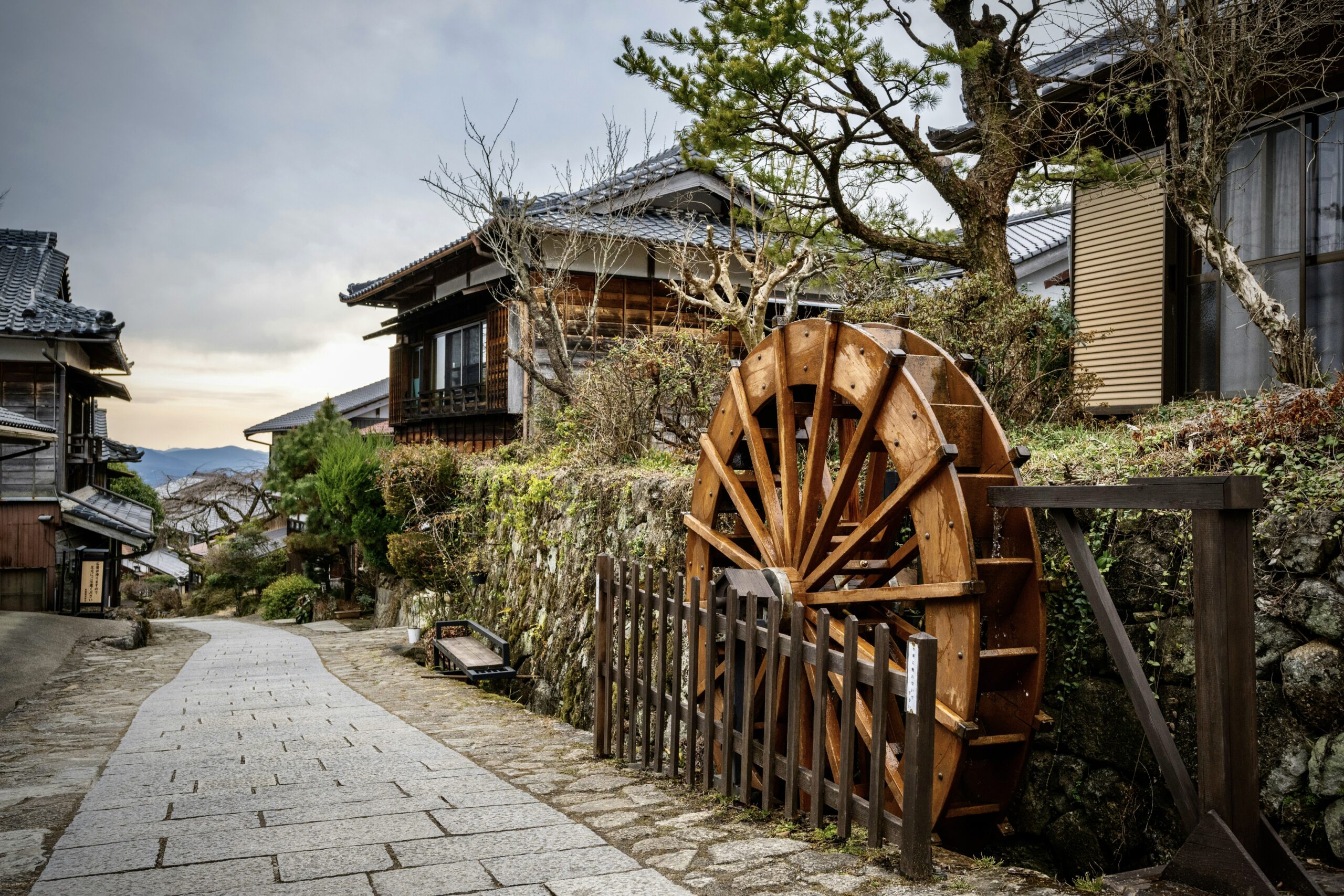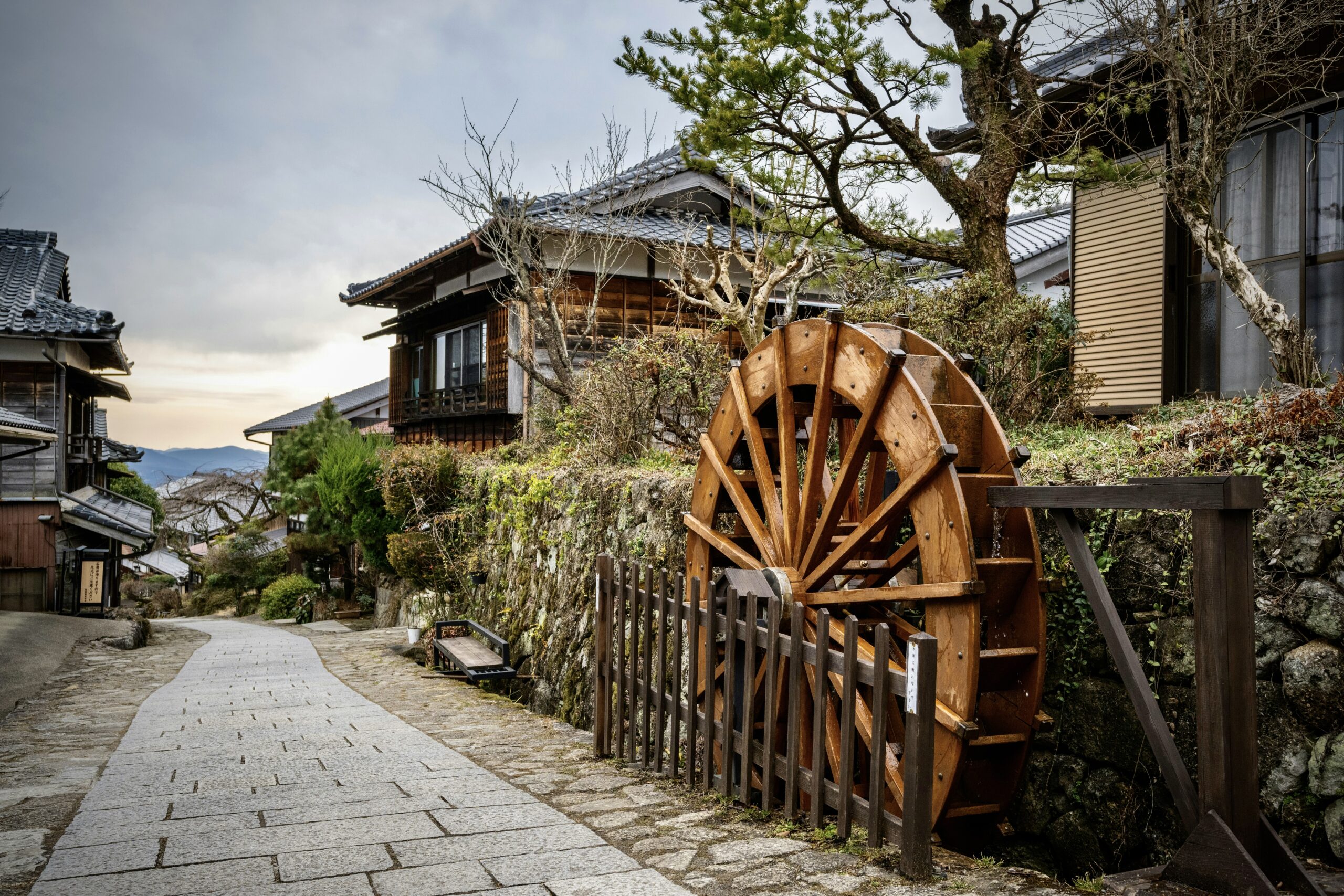
The first time we heard about the Nakasendo Trail was while watching a beautifully crafted documentary by one of our favourite creators Giuseppe of Project Happiness. The film captured not only the natural beauty of Japan’s mountainous interior but also the quiet charm of its preserved Edo-period villages.
As avid travelers with a deep love for walking adventures and immersive hikes, we were instantly drawn in. There was something magical about the idea of following a centuries-old path once walked by samurai, merchants, and poets, winding through forests, crossing rivers, and passing through towns that time seemed to have forgotten. We knew right then that this trail had to be part of our journey through Japan.
history of nakasendo trail
The Nakasendo Trail (中山道), meaning “Central Mountain Road,” was one of the five major routes established during Japan’s Edo Period (1603–1868). Stretching over 534 kilometers through the mountainous heart of Honshu, it connected Edo (modern-day Tokyo) with Kyoto, serving as a vital inland artery for travel and communication.
Unlike its coastal counterpart, the Tōkaidō, the Nakasendō carved a quieter, more scenic path through forests, valleys, and highland towns. It was heavily traveled by samurai, merchants, monks, and feudal lords (daimyō) as they journeyed between the political and imperial capitals. Along the way, 69 post towns, known as shukuba, offered weary travellers a place to rest, eat, and exchange news.
Most people made the journey on foot. With horses expensive and carts unsuitable for the terrain, the Nakasendō became a true walking route, threading through landscapes that revealed both Japan’s natural beauty and cultural depth. During the rule of the Tokugawa shogunate, it also played a strategic role in enforcing the sankin-kōtai system, which required daimyō to regularly travel to Edo, reinforcing the shogun’s power and maintaining control over the provinces.
Today, remnants of this historic trail, especially the beautifully preserved stretches between Magome and Tsumago, offer travelers a rare chance to walk in the footsteps of history, surrounded by the sights and stillness of a long-forgotten era.
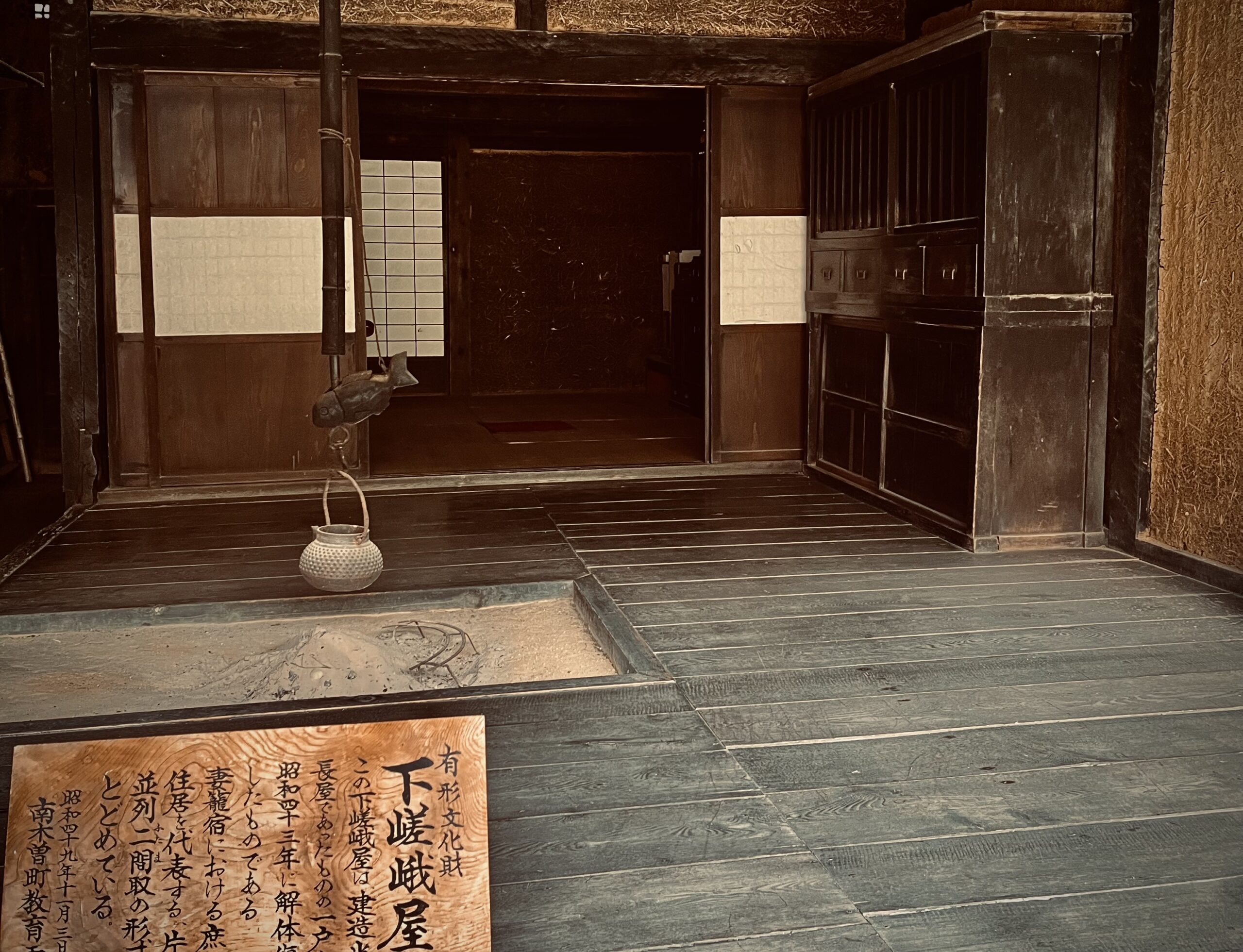
Nakasendo self-guided walking 5 days
Our journey along the Nakasendō began with five unforgettable days through the heart of the Kiso Valley. We started in the picture-perfect town of Magome, where cobbled streets and the scent of fresh soba guided us forward. From there, we followed the trail through the serene forests to Tsumago, then on through quiet stretches of countryside to Kiso-Fukushima, Narai, and the artisan village of Kiso-Hirasawa, where lacquerware traditions live on in tiny family workshops.
After Kiso-Hirasawa, we left the ancient road behind briefly to visit Matsumoto, home to the striking Matsumoto Castle, nicknamed “Crow Castle” for its dramatic black walls and sweeping rooftops. Standing beneath its wooden towers felt like stepping into another era.
From Matsumoto, we boarded a scenic train heading deeper into the mountains, arriving at the charming town of Karuizawa. Here, we stayed in a traditional ryokan, soaking in hot baths and resting up for our final stretch.
On the last day, we set off from Karuizawa, descending a quiet, forested trail that led us gently down to Yokokawa, a walk so peaceful, it felt like time itself had slowed down. From Yokokawa, we caught the train back to the modern buzz of Tokyo, still carrying the silence, beauty, and history of the Nakasendō with us.
nakasendo trail itinerary
Day 1: Hike from Nakatsugawa to Tsumago (Magome Tsumago pass) 17km (4/5 hours)
Our journey began with a bullet train ride from Osaka to Nagoya, followed by a local train to Nakatsugawa. We spent the night in this peaceful mountain village, preparing for our first full day of hiking. Although the trail traditionally starts in Magome, we chose to begin our walk from Nakatsugawa, adding an extra 2 to 3 hours to our route. From there, we continued through the scenic trail to Tsumago, where we spent our first night in a fantastic traditional Japanese ryokan.
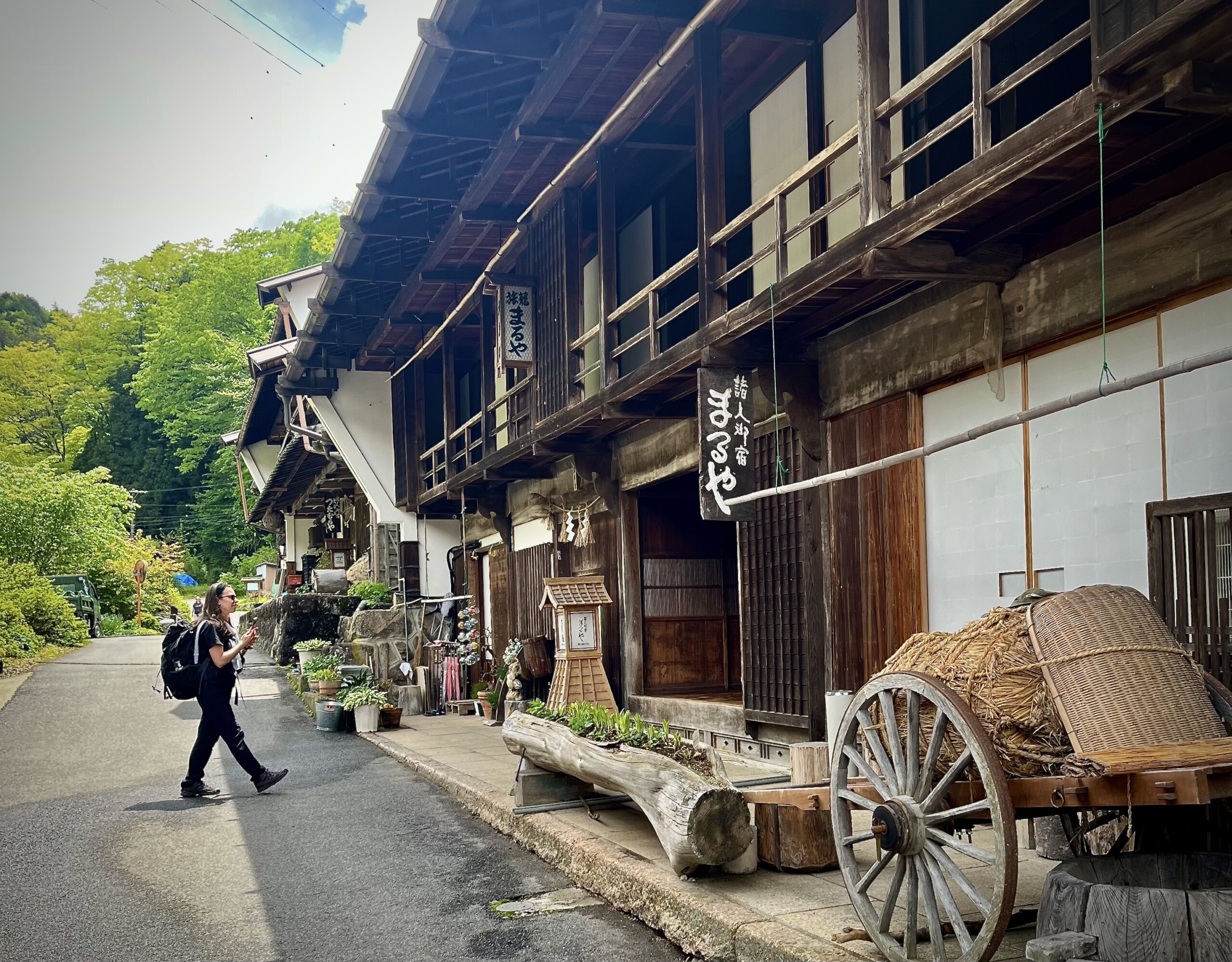
Day 2: Hike from Tsumago to Nojiri 18.4 km (6/7 Hours)
We left Tsumago at sunrise, setting out on the longest, tougher and most rewarding, day of our Nakasendō journey. The trail led us through quiet valleys, dense bamboo groves, and tall cedar forests, offering some of the most untouched scenery of the route. While some hikers stop early in Nagiso, we pushed on to Nojiri, feeling miles away from the modern world.
From there, a short train ride took us to Kiso-Fukushima, once a thriving post town. That evening, we relaxed in a traditional ryokan, savored a stunning kaiseki dinner, and soaked in a steaming onsen, our tired legs grateful for the rest.
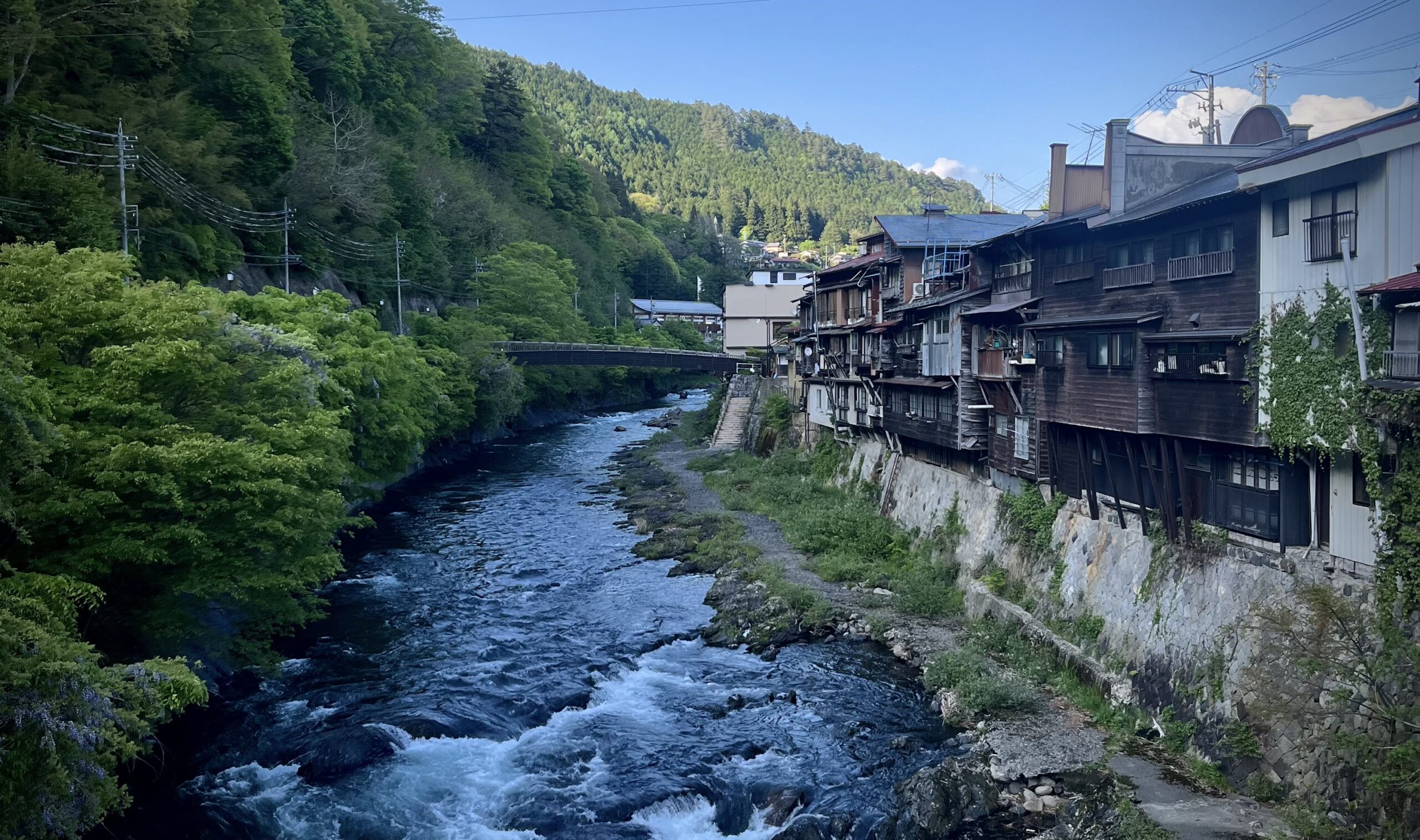
Day 3: Hike from Yabuhara to Narai and on to Kiso-Hirasawa. 8.7 km (4 hours)
We set off on a short train ride from Kiso-Fukushima to Yabuhara, the gateway to the scenic Torii-tōge Pass. The hike was quiet and serene, leading us over forested hills to the charming village of Narai, where time seemed to have stood still. After wandering its narrow streets and wooden houses, we continued on to the nearby town of Kiso-Hirasawa, known for its exquisite lacquerware. Small artisan shops lined the streets, each filled with hand-crafted tableware and furniture. Later that afternoon, we caught the train to Matsumoto, arriving in the historic castle town just in time for dinner and a restful night in the city.
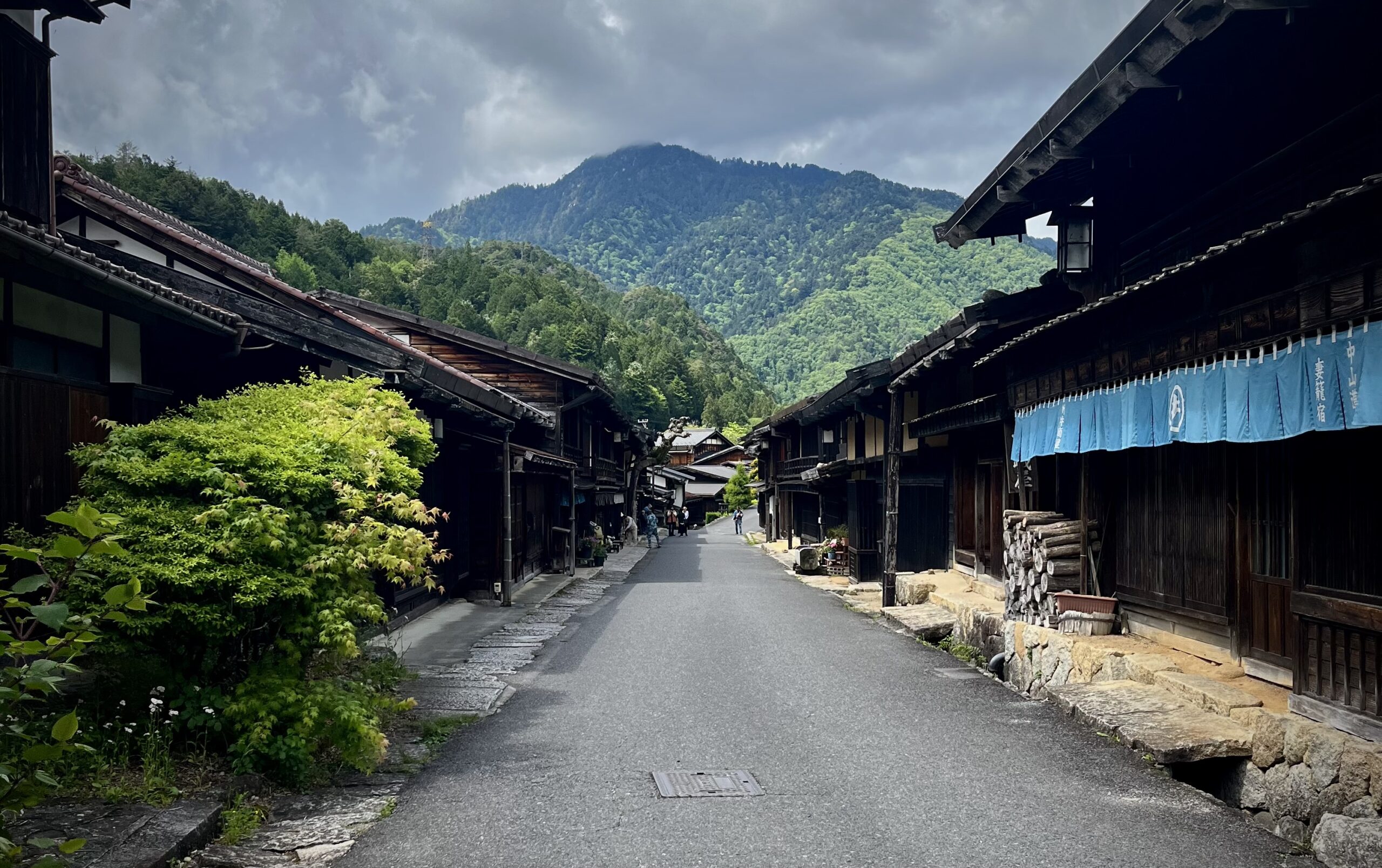
Day 4: Sightseeing in Matsumoto and transfer to Karuizawa
After breakfast, we visited the stunning Matsumoto Castle, one of Japan’s last remaining original castles. Its black walls and historic charm made it a highlight of the trip. In the afternoon, we boarded a train to Karuizawa (or Komoro) for our final night. Our traditional inn welcomed us with warm baths and a delicious dinner made from local ingredients—a perfect end to our Nakasendō journey.
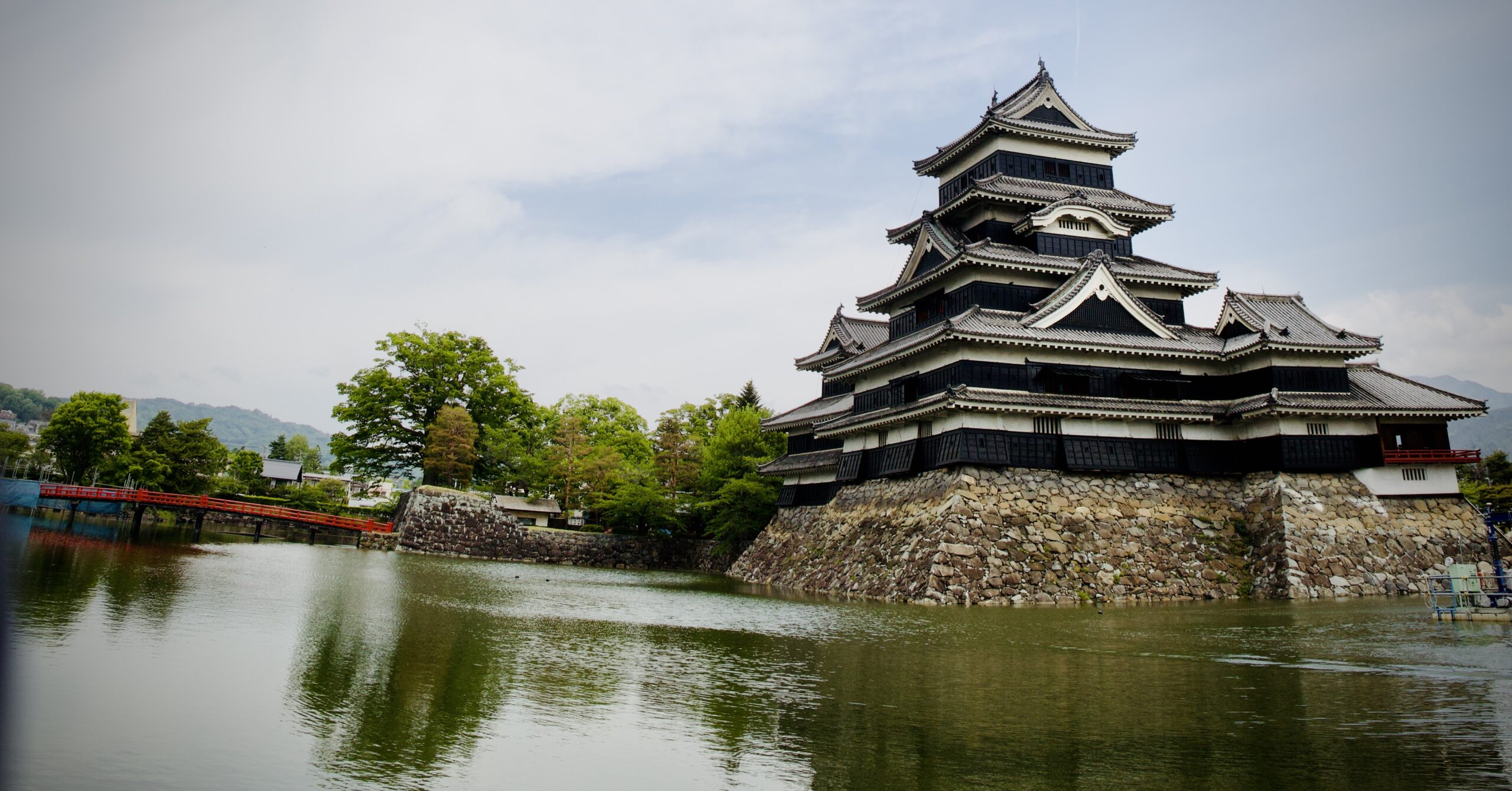
Day 5: Hike from Karuizawa to Yokokawa and transfer to Tōkyō 16.7 km (6/7 hours)
After breakfast in Karuizawa, we laced up our boots one last time for the final stretch of the Nakasendō Trail. The path led us gently over the Usui-tōge Pass, descending through whispering forests and mountain views that felt almost dreamlike, one of the most beautiful sections of the entire journey.
Reaching Yokokawa, we boarded a local train to Takasaki, where the sleek shinkansen waited to carry us back to Tokyo. As the bullet train raced through the countryside, we watched the mountains fade into memory, arriving in the city by late afternoon, tired, fulfilled, and full of stories.
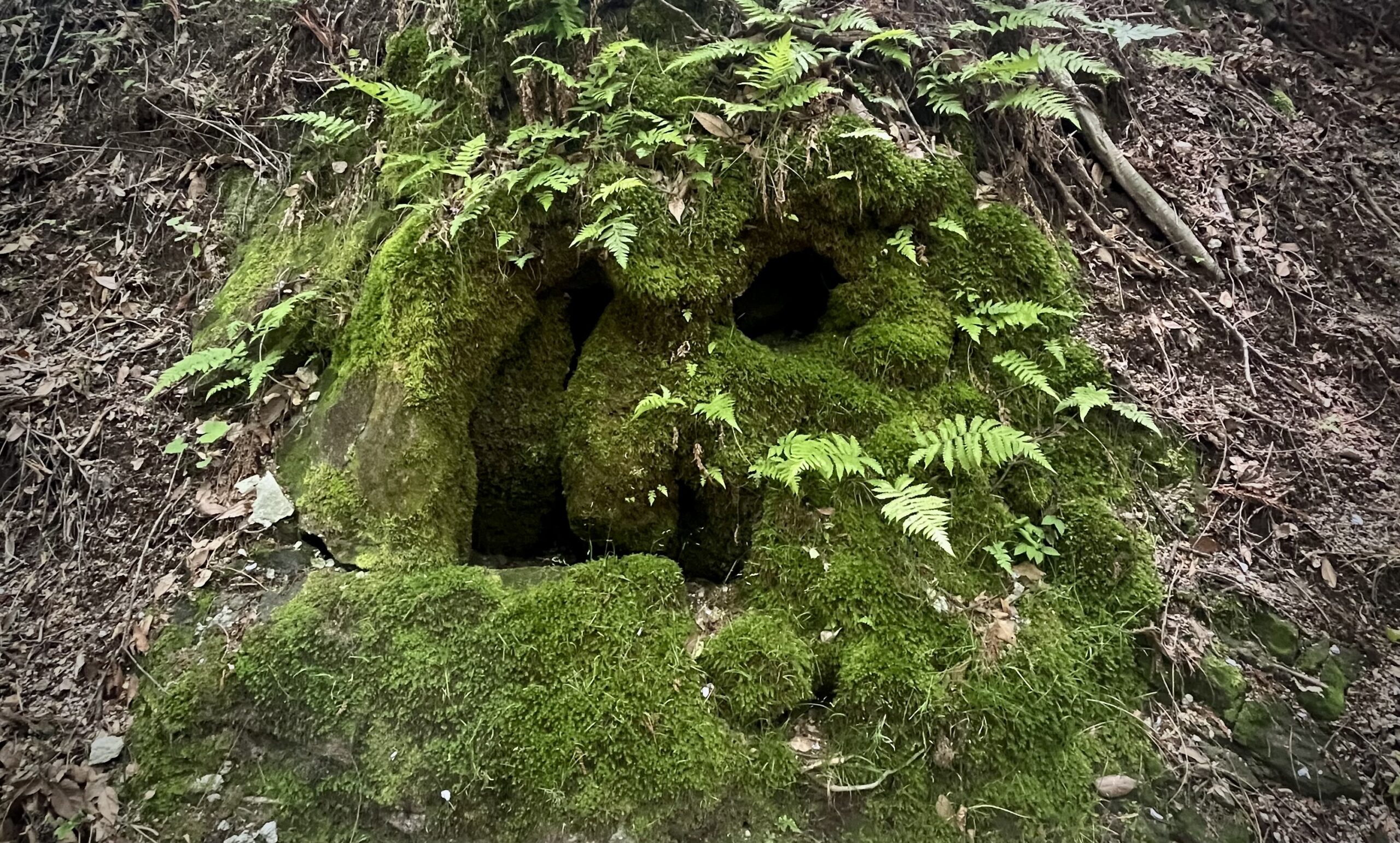
Tips for Walking the Nakasendō Trail
Pack Light but Smart
You’ll be walking long distances on the nakasendo, bring only the essentials: breathable layers, a rain jacket, comfortable hiking shoes, and a refillable water bottle.
Stay in Traditional Ryokan
Booking a stay in local inns offers not only a warm bed and hot onsen baths, but a chance to experience traditional Japanese hospitality and incredible kaiseki meals.
Be Mindful of Train Timetables
Some sections require short train rides between trailheads or towns. Plan these in advance, especially in rural areas with limited services.
Start Early Each Day
Give yourself enough daylight and time to stop, explore, and enjoy the villages and scenic beauty along the nakasendo.
Learn Basic Japanese Phrases
While many guesthouse hosts speak some English, a few words in Japanese go a long way and show respect for the culture.
Conclusion
Walking the Nakasendo Trail is more than just a hike, it’s a journey through Japan’s soul. This ancient road winds through timeless landscapes, sleepy villages, and historic post towns that have welcomed travelers for centuries. Whether you’re soaking in an onsen, sharing a meal in a family-run inn, or simply listening to the wind through the cedars, the trail offers a rare glimpse into traditional Japan.
It’s not just about where you go, but how you travel, slowly, purposefully, and with curiosity. If you’re looking for an unforgettable adventure that blends history, culture, and natural beauty, the Nakasendo Trail might just be your perfect path.
Check it out also: budget Japan : How to Travel Cheap in Japan 2025


